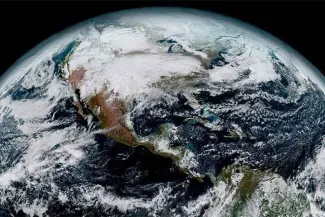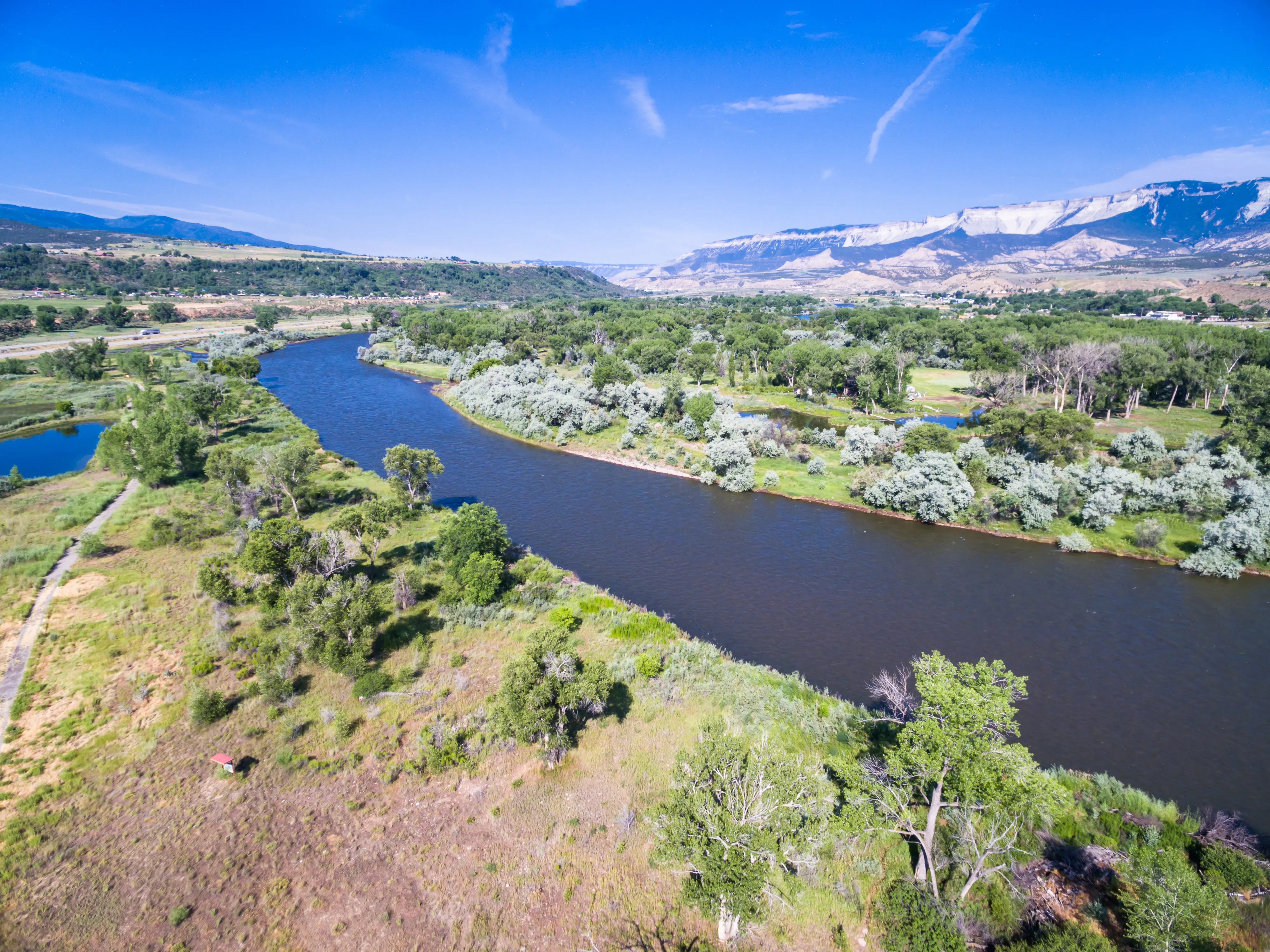
EarthTalk - Are seaweed farms good for the planet?
©
Dear EarthTalk:
Are seaweed farms good for the planet or is that just industry hype?
Josiah Barnes
The production of seaweed has boomed to over 35 million tons in the past few years, while the industry has become a $16.7 billion market. Its popularity is due to its notable ecological benefits, like its absorption of carbon, production of food and marine habitat production. Seaweed proponents praise them for being easy to grow and creating bioplastics while critics argue that there are significant shortcomings.
Seaweed farms are not only fast and easy to grow, but also notably versatile. Unlike terrestrial crops like trees, fruits, vegetables and herbs, seaweed requires no fertilizer, pesticides, freshwater or land to grow. Thus, it can easily adapt to diverse environments and survive without constant human intervention.

© NOAA's National Ocean Service
Furthermore, the growth of seaweed farms benefits marine life. Beyond improving water quality, the presence of seaweed farms buffers the effects of ocean acidification in surrounding areas, greatly aiding both prosperous and polluted environments. Seaweed farms also create forage and refuge habitats for commercially important fish, like cod and tuna, while acting as a food source for countless other species.
Seaweed can also decrease the impacts of carbon and other greenhouse gases. By absorbing both nutrients and carbon dioxide to grow, seaweed decreases the number of toxic emissions entering oceans and the atmosphere. Seaweed pulls more greenhouse gases from water than eelgrass, mangroves and salt marshes combined. It can also be cultivated to reduce heavy metals and other pollutants, acting as a sponge to rid the ocean of toxins. It also plays a critical role in the creation of bioplastics, which mitigate plastic pollution by replacing carbon-intensive products and greenhouse gases.
Despite the benefits, seaweed farms can be expensive and difficult to implement globally. The higher price decreases the demand for the algae, making it difficult for farmers to support the target growth of their farms. Furthermore, 98 percent of farmed seaweed is grown in Asia, illustrating the lack of geographic diversity worldwide.
So, scientists are looking for ways to expand the reach and impact of seaweed farms to maximize their benefits. Specifically, many are experimenting with growing seaweed aimed at reducing water pollutants like metals. Ultimately, Alexandra Cousteau, head of the non-profit Oceans2050, noted that “Seaweed farming offers a scalable, nature-based solution for carbon removal while delivering co-benefits such as biodiversity enhancement, economic opportunities, and food security.”
CONTACT
- With the Right Tools, Seaweed Can Be an Important Piece of the Climate Puzzle, nature.org/en-us/what-we-do/our-insights/perspectives/blue-carbon-seaweed-nature-based-climate-solution/.
EarthTalk® is produced by Roddy Scheer & Doug Moss for the 501(c)3 nonprofit EarthTalk. See more athttps://emagazine.com. To donate, visit https://earthtalk.org. Send questions to: question@earthtalk.org.

















